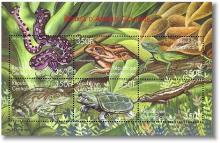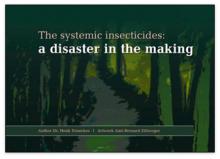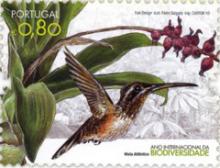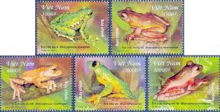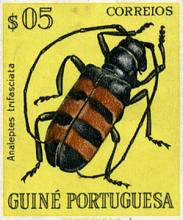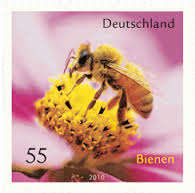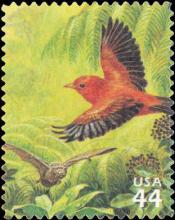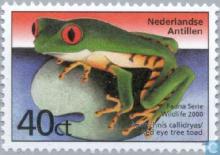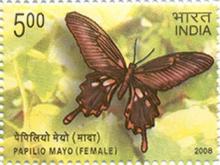Widespread decline of the Boreal Chorus Frog in eastern Ottawa
The Boreal Chorus Frog (Pseudacris maculata) was once common in the eastern Ottawa area. To assess its current status, we conducted auditory surveys at 184 wetlands in 2011 and 2012. Boreal Chorus Frogs were heard at only five (2.7%) of the surveyed sites. These five sites were spatially aggregated, with only 0.5–7.5 km between any two sites. Sites occupied by Boreal Chorus Frogs in eastern Ottawa were surrounded by significantly greater agricultural cover (at 1.0-, 1.5-, and 2.0-km radii), less forest cover (1.0- and 2.0-km radii), and less wetland cover (1.5- and 2.0-km radii) than occupied sites in western Ottawa. Sites in eastern Ottawa that were apparently unoccupied were surrounded by significantly greater agricultural cover (only at the 2.0-km radius), similar forest cover (all radii), and less wetland cover (all radii) compared with occupied sites in western Ottawa. Boreal Chorus Frog populations are commonly subject to extirpation resulting from stochastic events. The reduced wetland cover in eastern Ottawa may be accompanied by reduced wetland connectivity, making recolonization of wetlands difficult or impossible. Our data do not show whether wetland connectivity has been reduced, but future research should address this important topic.

